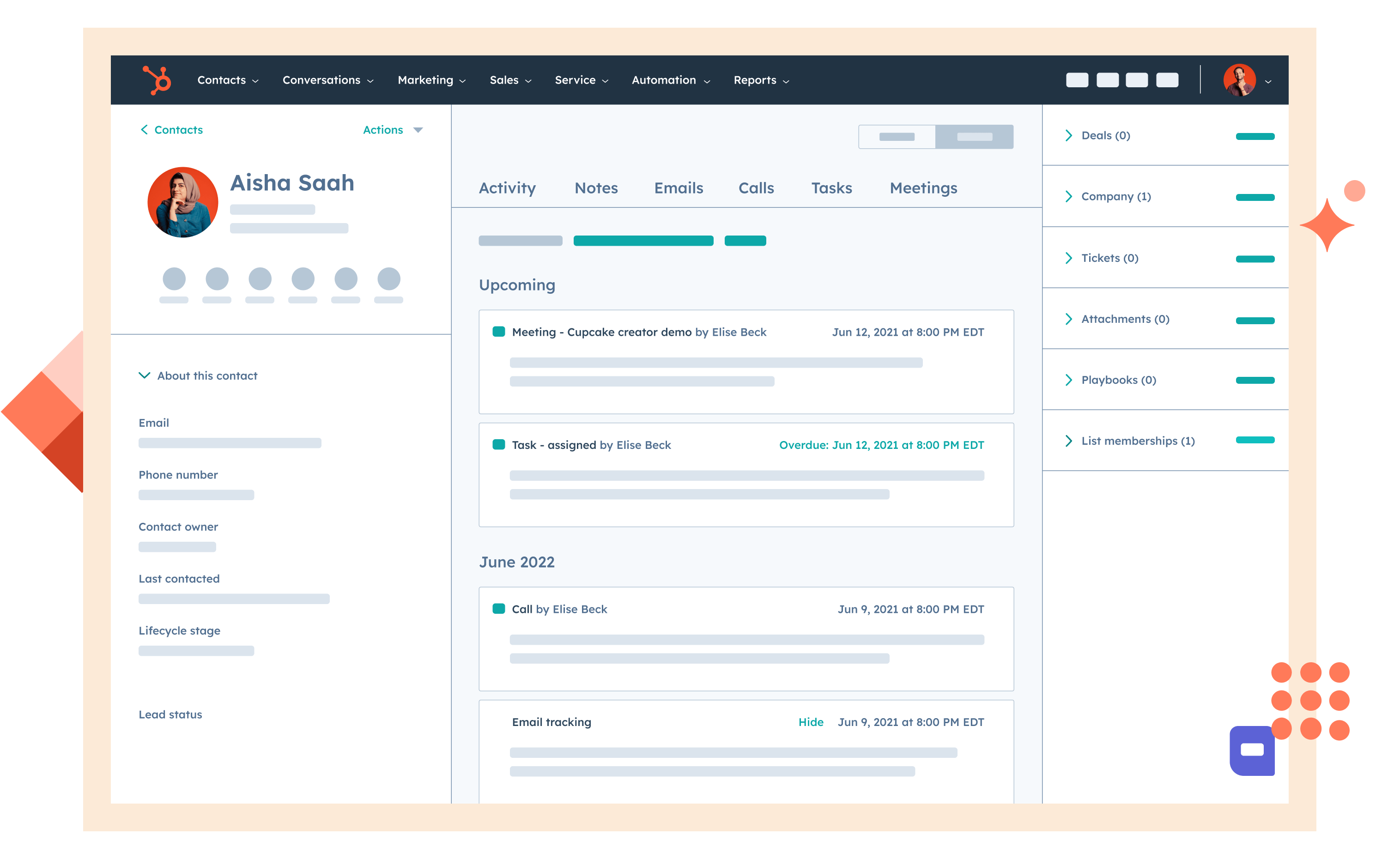
HubSpot Content Assistant: Complete Buyer's Guide
Integrated AI-powered content creation within HubSpot's ecosystem
HubSpot Content Assistant represents a strategic evolution in AI-powered content creation, positioning itself as an integrated solution within HubSpot's comprehensive marketing ecosystem rather than a standalone tool.
Market Position & Maturity
Market Standing
HubSpot Content Assistant operates from a position of established market strength within the broader HubSpot ecosystem, leveraging the company's dominant position in mid-market CRM and marketing automation.
Company Maturity
HubSpot's established enterprise stability, with $1.7 billion annual revenue and consistent growth trajectory supporting long-term platform investment and development [56].
Growth Trajectory
Platform expansion rather than independent market capture, with adoption tied directly to HubSpot's overall customer growth and platform penetration.
Industry Recognition
Integration within HubSpot's broader platform certifications and enterprise partnerships, though specific AI content awards remain limited compared to specialized competitors.
Strategic Partnerships
Benefits from HubSpot's established enterprise partnerships and certified consultant network, providing implementation support infrastructure that many standalone AI vendors lack [55].
Longevity Assessment
HubSpot's financial foundation enables sustained AI capability development and integration improvements, contrasting with smaller AI-focused vendors facing funding uncertainties.
Proof of Capabilities
Customer Evidence
Sandler Training achieved documented success with HubSpot Content Assistant, implementing the platform across their sales prospecting workflows to achieve 50% faster email drafting while increasing lead engagement rates by 30% [55].
Quantified Outcomes
Enterprise implementations report consistent engagement improvements, with personalized campaigns achieving 24% higher email open rates and 46% increased click-through rates compared to traditional content approaches [54][56].
Case Study Analysis
Mid-market B2B organizations demonstrate scalable content production capabilities, with multiple implementations reporting 3x social media output increases when repurposing existing blog posts across channels [46][54].
Market Validation
Adoption across HubSpot's 100,000+ customer base, with documented implementations spanning multiple industries and company sizes.
Competitive Wins
Competitive performance validation demonstrates 20% conversion rate improvement for AI-optimized landing pages, though this underperforms specialized competitors like Persado's 25% rate in direct comparison [55].
Reference Customers
Sandler Training and other mid-market B2B organizations in technology and consulting industries.
AI Technology
Utilizes OpenAI's GPT models for content generation while maintaining native workflow continuity [41][46].
Architecture
Embedded AI integration across HubSpot's Marketing Hub ecosystem, employing contextual prompts and slash commands to generate content variations directly within existing HubSpot interfaces.
Primary Competitors
Specialized AI content vendors like Jasper and Adobe's Creative Cloud integration, as well as enterprise platforms like Salesforce and Microsoft offering integrated AI capabilities [53][55].
Competitive Advantages
Native CRM integration and workflow continuity within HubSpot's established ecosystem, enabling real-time content generation during customer interactions [41][46][54].
Market Positioning
Places HubSpot Content Assistant as an evolution tool for existing customers rather than a competitive migration catalyst.
Win/Loss Scenarios
HubSpot wins in situations where workflow integration and CRM data leverage provide decisive advantages, particularly for organizations with established HubSpot deployments managing high-volume personalized campaigns.
Key Features

Pros & Cons
Use Cases
Integrations
Pricing
Featured In Articles
Comprehensive analysis of AI Dynamic Content for AI Marketing & Advertising for AI Marketing & Advertising professionals. Expert evaluation of features, pricing, and implementation.
How We Researched This Guide
About This Guide: This comprehensive analysis is based on extensive competitive intelligence and real-world implementation data from leading AI vendors. StayModern updates this guide quarterly to reflect market developments and vendor performance changes.
59+ verified sources per analysis including official documentation, customer reviews, analyst reports, and industry publications.
- • Vendor documentation & whitepapers
- • Customer testimonials & case studies
- • Third-party analyst assessments
- • Industry benchmarking reports
Standardized assessment framework across 8 key dimensions for objective comparison.
- • Technology capabilities & architecture
- • Market position & customer evidence
- • Implementation experience & support
- • Pricing value & competitive position
Research is refreshed every 90 days to capture market changes and new vendor capabilities.
- • New product releases & features
- • Market positioning changes
- • Customer feedback integration
- • Competitive landscape shifts
Every claim is source-linked with direct citations to original materials for verification.
- • Clickable citation links
- • Original source attribution
- • Date stamps for currency
- • Quality score validation
Analysis follows systematic research protocols with consistent evaluation frameworks.
- • Standardized assessment criteria
- • Multi-source verification process
- • Consistent evaluation methodology
- • Quality assurance protocols
Buyer-focused analysis with transparent methodology and factual accuracy commitment.
- • Objective comparative analysis
- • Transparent research methodology
- • Factual accuracy commitment
- • Continuous quality improvement
Quality Commitment: If you find any inaccuracies in our analysis on this page, please contact us at research@staymodern.ai. We're committed to maintaining the highest standards of research integrity and will investigate and correct any issues promptly.